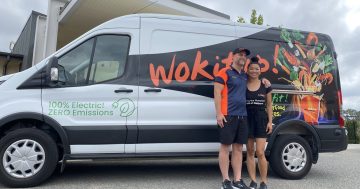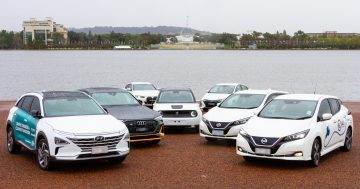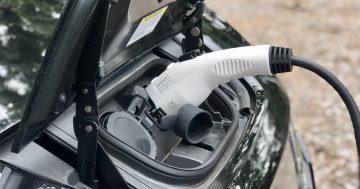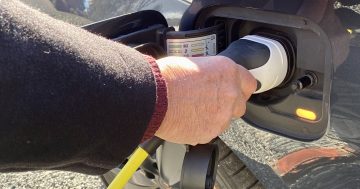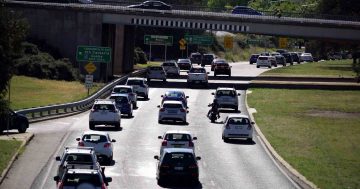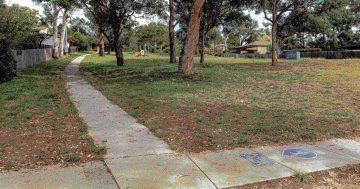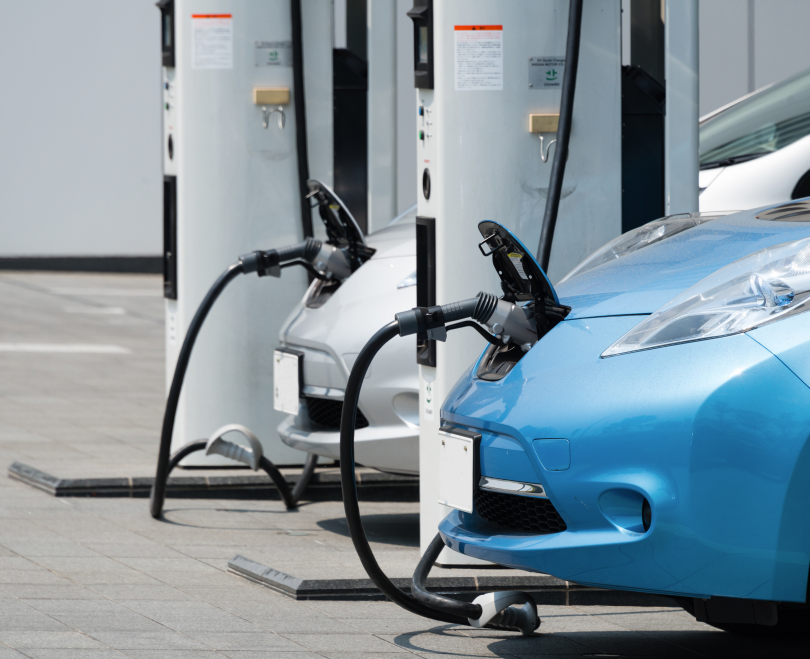
The ACT Greens will introduce a $50 million electric vehicle fund if re-elected in October’s ACT election. Photo: File.
A $50 million fund will aim to incentivise Canberrans to purchase new electric vehicles, including up to $10,000 subsidies and travel incentives, as the ACT Greens push for more ambitious clean energy targets ahead of the ACT election in October.
A new 90-per-cent target of new car sales to be zero-emission by 2030 would be introduced, while public transport, garbage trucks, taxis and ride-share vehicles will transition to zero-emission by 2035, said the Greens.
Currently, the cheapest electric cars in Australia are just under $50,000.
More electric vehicle charging stations will also be introduced across the ACT and a push will be made to bring the electric car industry into the Territory.
“This is a bold plan that will make the ACT the electric vehicle capital [of Australia] within a decade,” said Minister for Climate Change and Sustainability, and ACT Greens leader, Shane Rattenbury.
“It is what we need to address climate change, but also to give ACT residents and businesses the advantages of electric vehicles that other countries are already enjoying. They create no greenhouse gas emissions, no tailpipe pollution, and are also good for consumers, being significantly cheaper to run and maintain.
“It will make the ACT the national leader – and a world leader – in clean, green transport. It will even bring employment and educational opportunities as we establish the leading electric vehicle industry in Australia.”

ACT Greens leader Shane Rattenbury will establish a $50 million electric vehicle fund if re-elected. Photo: Michelle Kroll.
Transport Canberra is already planning to transition to a zero-emission bus fleet by 2040. Additionally, all ACT Government vehicles will be electric by 2021.
Currently, 63 per cent of the ACT’s emissions come from vehicles. Mr Rattenbury says a lack of government support has left Australians on the back foot when it comes to electric vehicles, as the ACT looks for ways to achieve its net-zero emissions target by 2045.
“Our policy will turn this around, making electric vehicles more available, affordable and convenient,” he said. “In a decade, driving an electric vehicle will be the norm in Canberra, even for commercial businesses.”
The ACT Government announced it would be trialling how electric vehicles can improve energy resilience during peak demand times by providing power from their batteries back into the grid in July.
The $6.6 million trial will see the ACT Government purchase 50 new Nissan LEAF bi-directional vehicles, and it will run until the end of 2022.












